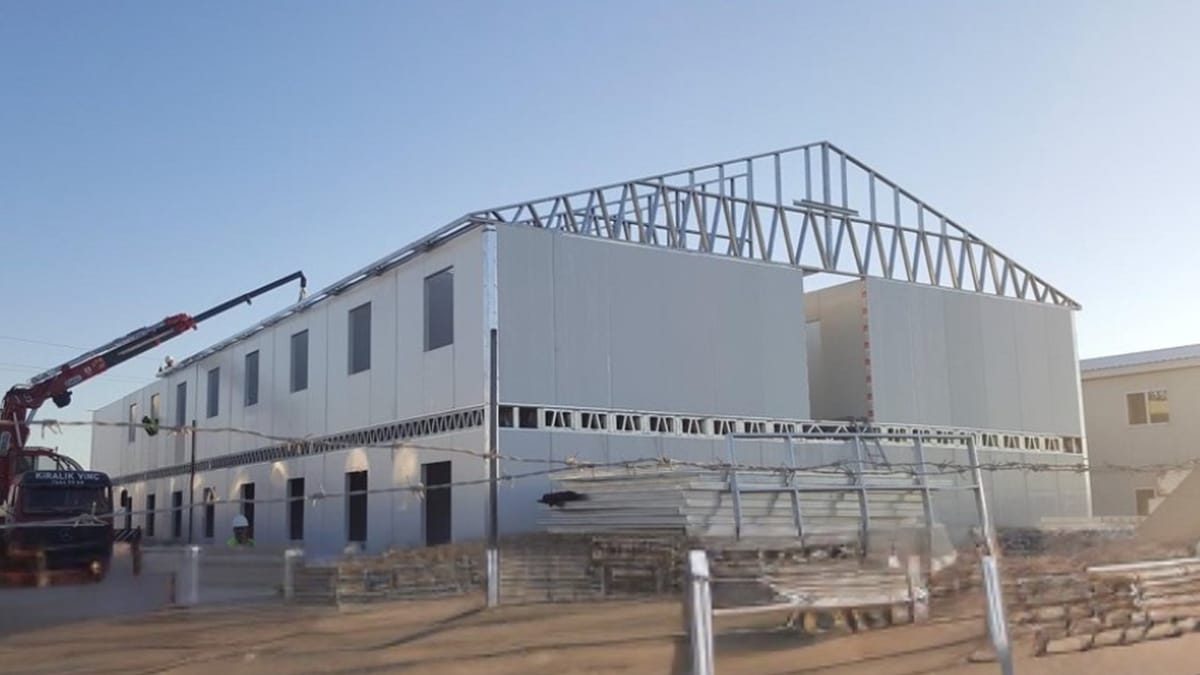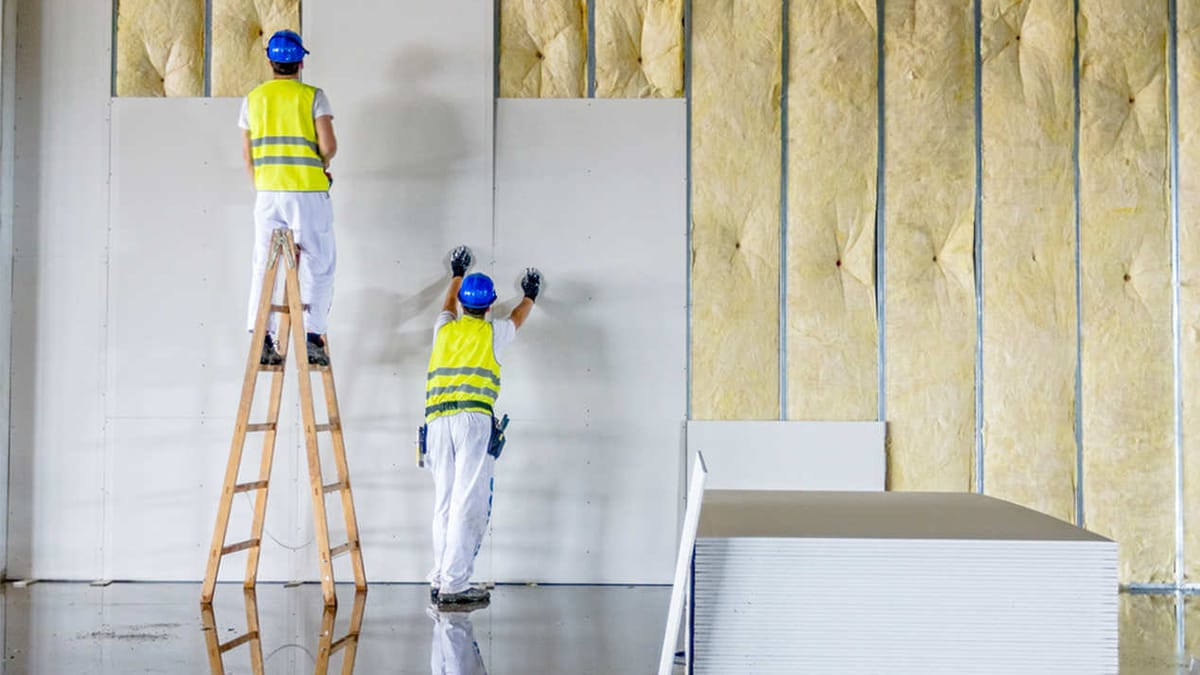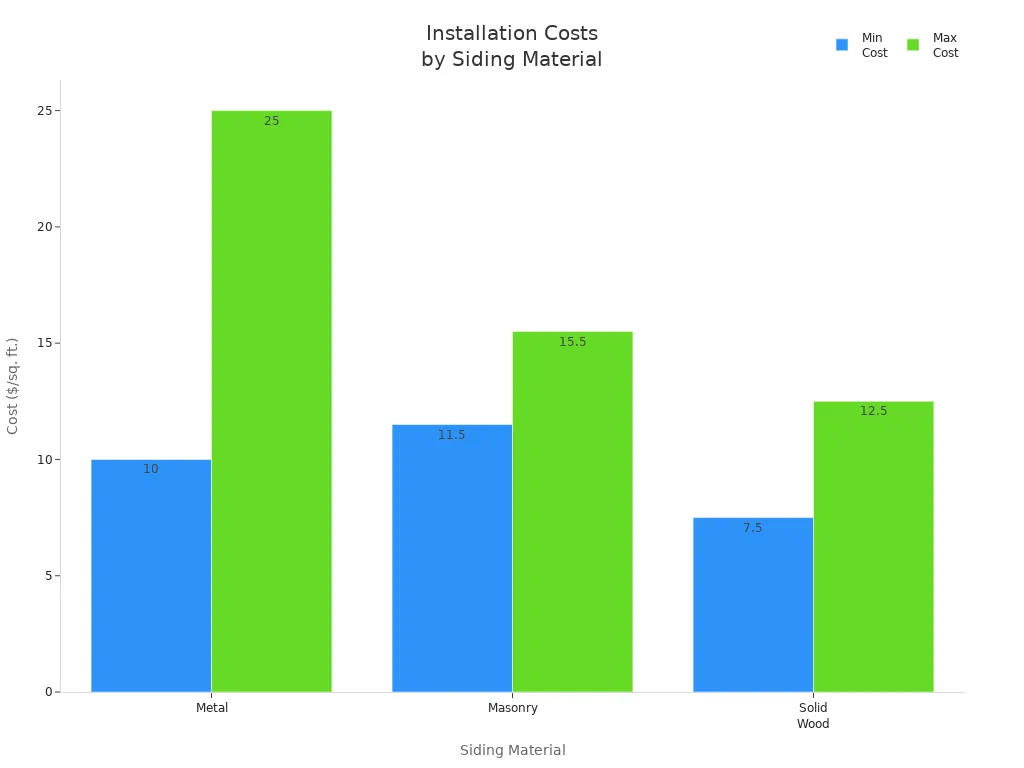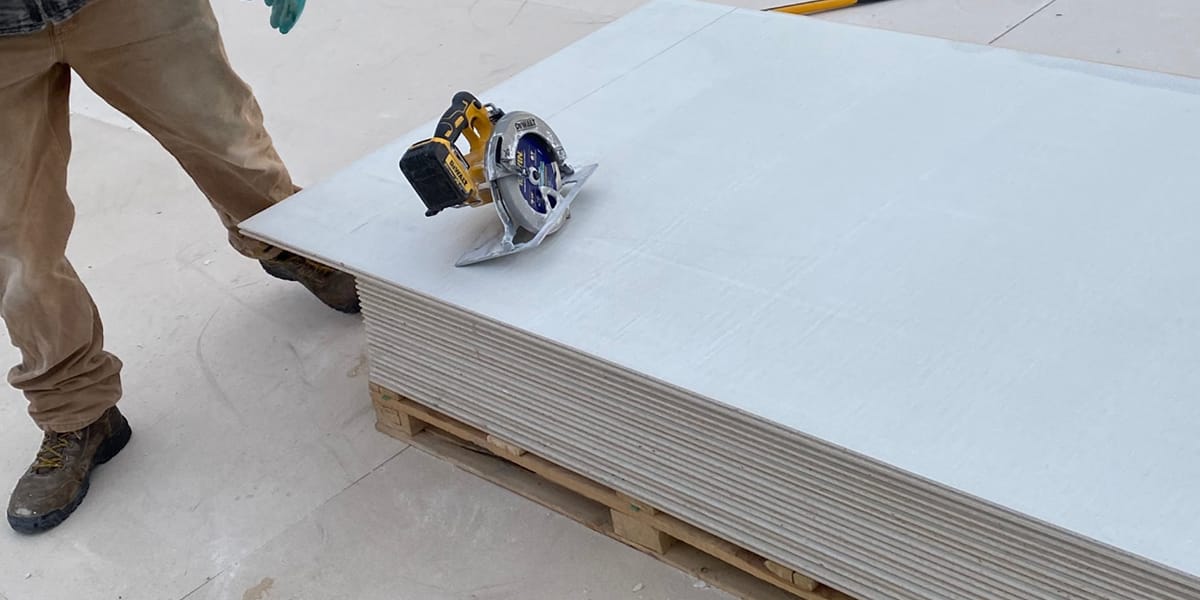
25 Sep Fire Resistant Wall Panel Options Everyone Is Talking About
Table of Contents
Many builders choose fire resistant wall panel options for safer environments. These panels are ideal for both homes and commercial buildings. Some popular fire resistant wall panel options include:
MGO boards, which can withstand heat up to 1,800°F.
Bamboo charcoal fiber panels, known for being eco-friendly and safe in fires.
PVC fireproof panels that help slow down the spread of fire.
Slatpanel fire-rated acoustic wood panels that absorb sound while adhering to safety regulations.
ThermalSafe panels that provide fire protection for up to three hours.
As urban areas expand, more people are seeking these fire resistant wall panel options. Additionally, safety regulations are becoming increasingly stringent. When selecting panels for your space, consider their strength, aesthetic appeal, and environmental impact.
Key Takeaways
Fire resistant wall panels help keep people safe in homes and businesses. Pick panels by looking at their fire ratings to get good protection.
Think about what the wall panels are made of. Choices like MGO boards and fiber cement siding are strong and resist fire well.
Always look at local building codes and safety rules before you pick wall panels. Following these rules keeps everyone safe and helps you worry less.
How you put up the panels is important for fire safety. Panels work best when they are installed the right way.
Think about the cost and what you get from fire resistant panels. Spending more on better panels can protect lives and things during a fire.
Fire Resistance Basics
What Makes a Panel Fire Resistant
You may ask how a wall panel can stop fire. Many things work together to keep you safe. The materials in the panel are very important. Some panels use special boards, like ALC sandwich wallboards. These boards do not change shape or color in high heat. Insulation inside the panel also helps slow down fire. Rock wool, glass fiber, and mineral wool are good choices. The type of insulation does not always change how strong the panel is in fire. The way the wall is built also matters for fire safety.
Here is a table that lists the main things that affect fire resistance:
Factor | Description |
|---|---|
Different materials in wall panels can change fire resistance. | |
Insulation Configurations | How insulation is placed in the wall panels affects fire safety. |
Structural Designs | The way the wall is designed helps it stand up to fire. |
When you pick a wall panel, look for a high fire rating. This rating shows how long the panel can last in a fire. A better fire rating gives you more time to get out and helps firefighters.
Key Safety Standards
You should learn about safety standards before choosing a wall panel. These rules make sure panels are safe from fire. In North America and Europe, some rules are used a lot:
NFPA 285: This rule checks how outside wall panels handle fire with burning materials.
ASTM E119: This test shows how long a wall panel can last in fire.
EN 13501-1: This rule from Europe gives a fire rating to building materials.
Panels that pass these rules have a clear fire rating. Always check the fire rating to see if it is right for you. A good fire rating means your home or business is safer.
Fire Resistant Wall Panel Options
 When you look for fire resistant wall panel options, you will see many types. Each one has its own good points, fire rating, and best places to use. Here is what you should know about the most popular panels right now.
When you look for fire resistant wall panel options, you will see many types. Each one has its own good points, fire rating, and best places to use. Here is what you should know about the most popular panels right now.
Type X Panels
Type X panels are a popular choice for fire resistant wall panel options. Many homes and offices use these panels. They have a special core made of gypsum, glass fibers, and paper pulp. The glass fibers help the panel stay strong in high heat.
A 5/8-inch Type X panel gives one hour of fire protection. A 1/2-inch panel protects for about 25 minutes. These panels work well in walls and ceilings that need basic fire safety.
Disadvantages of Type X Drywall | |
|---|---|
You can use them in many places | Not as strong as Type C in high-risk areas |
Cheaper to install | Needs proper installation for fire resistance |
Tip: Always install Type X panels the right way to get the best fire rating.
You can put Type X panels in bedrooms, hallways, and between your garage and home. The price is low, so they are a good choice if you want to save money.
MGO Boards
MGO boards, also called magnesium oxide boards, are getting more popular as fire resistant wall panel options. These boards use minerals that do not burn. They stay strong even when it gets very hot and do not let out bad gases during a fire.
Material Property | Description |
|---|---|
Made from natural minerals | This helps make them fireproof |
Non-combustible and stable | They do not burn or change in high heat |
No harmful gases or fumes | Safe to use during a fire |
MGO boards can have a fire rating up to two hours, depending on how thick they are. You will see them in schools, hospitals, and green buildings. They are also tough and do not get moldy or wet easily.
Panel Type | Cost per Square Foot |
|---|---|
MgO Boards | |
Gypsum Boards | $0.30 to $0.70 |
Note: MGO boards cost more than gypsum, but they last longer and give better fire safety.
Insulated Concrete Forms
Insulated concrete forms, or ICFs, are very strong fire resistant wall panel options. These blocks use expanded polystyrene filled with concrete. The concrete does not burn, and the foam has fire retardants.
ICFs can give up to 4 hours of fire protection.
They are much safer than wood-framed walls.
Concrete only burns at very high heat.
Fire Rating | Building Types |
|---|---|
Up to 4 hours | Residential and light commercial |
You can use ICFs in homes, schools, and offices where you want the best fire safety. They also do well in storms and earthquakes.
ICFs cost more to put in than drywall, but you get great fire safety and strength.
Gypsum Panels
Gypsum panels are another top pick for fire resistant wall panel options. These panels slow down fire and smoke, giving you time to get out safely. They must pass hard tests like ASTM E119, which checks heat and strength.
Aspect | Requirement |
|---|---|
Testing Standard | ASTM E119 |
Purpose | Slows or stops fire, gives time to leave, and limits damage. |
Performance | Must hold back fire and smoke for a set time by local rules. |
Temperature Limits | Average thermocouple must not go over 250 F above normal; no single thermocouple over 325 F. |
Structural Integrity | No holes or wallboard failure; no burn-through; wall must not fall down. |
You can use gypsum panels in many rooms:
Bathrooms
Bedrooms
Family rooms
Hallways
Kitchens
Laundry rooms
Gypsum panels are cheap and easy to put in. Their fire rating depends on thickness and type, but they often give up to one hour of safety.
Fiber Cement Siding
Fiber cement siding is a great choice for fire resistant wall panel options, especially in places with wildfires. This siding uses cement, sand, and cellulose fibers. The cement makes it strong and keeps it from burning.
Composition Component | Description | Fire Resistance Feature |
|---|---|---|
Cement | Main part for strength | Does not burn, Class A fire rating |
Sand | Makes it tougher | Hard to catch fire |
Cellulose fibers | Makes the board stronger | Does not help fire grow |
Fiber cement siding has a Class A fire rating. It does not burn or melt, so it helps keep your home safe from fire.
Non-combustible, so it adds safety.
Good for homes in wildfire areas.
Homeowners like fiber cement siding because it is tough and safe from fire. It costs more than vinyl but lasts longer and needs less fixing.
Steel Cladding
Steel cladding is a top pick for fire resistant wall panel options in commercial buildings. Steel does not burn, and it helps walls stay strong in a fire. Corrugated steel cladding makes steel-framed walls even safer.
Evidence Description | Findings |
|---|---|
Steel cladding makes outside steel-framed walls safer. | |
Load bearing fire resistance | Corrugated steel cladding helps walls stay strong in a fire. |
Steel cladding costs between $12 and $18 per square foot. It lasts about 32 to 37 years, so it is a smart choice for long-lasting walls.

Using steel cladding can save you money over time because it needs less fixing and lasts longer than many other materials.
When you pick fire resistant wall panel options, think about what you need for fire safety, strength, cost, and where you will use the panels. Each type has its own good points for keeping you safe and giving you peace of mind.
Fire Resistant Insulation
Fire resistant insulation is very important for keeping buildings safe from fire. It helps slow down flames and keeps walls strong. Picking the right insulation can protect people inside. When you use fire resistant insulation with wall panels, you make a strong barrier. This barrier helps keep everyone safer.
Types of Fire Resistant Insulation
There are many kinds of fire resistant insulation. Each kind works best with certain wall panels and buildings. Here are some types you might find:
Foam board insulation
Structural insulated panels (SIPs)
Sprayed foam insulation
Cementitious foam
Phenolic foam
Polyisocyanurate (polyiso) foam
Icynene foam
Tripolymer foam
Some fire resistant insulation, like mineral wool, can last longer in heat. SIPs with fire resistant insulation can give up to one hour of fire safety. Tests show SIPs keep their shape better than wood frames in fire.
Tip: Always check the fire rating before you put in insulation. The right fire resistant insulation can help keep you safer.
Integration with Wall Panels
Adding fire resistant insulation to wall panels makes your building safer. For example, a rock wool panel that is 80 mm thick can stop fire for one hour. If you use 100 mm thick, it can last up to two hours. Insulated sandwich panels with fire resistant insulation can last up to 120 minutes in fire.
Wall Panel Material | Fire Resistant Insulation | Fire Rating (minutes) |
|---|---|---|
Gypsum Board | Mineral Wool | 60-120 |
Cement Board | Polyiso Foam | 60-120 |
SIPs | Phenolic Foam | Up to 60 |
Fire resistant insulation works best when matched with the right wall panel. Materials like gypsum board, cement board, and mineral wool slow fire and help keep buildings safe. You should think about the thickness and type of insulation for the best safety.
Remember, using fire resistant insulation with wall panels makes a strong shield against fire. This is important for homes, schools, and offices.
Comparison Table
Specs and Ratings
When you look at fire resistant wall panels, check their main features. These features help you pick the right panel for your needs.
Fire-resistant materials are things like gypsum, cement, and treated wood.
Many panels have an insulating core such as rock wool for better fire safety.
Some panels use steel sheets or fire-resistant boards to add more protection.
Sealing and joints use special sealants and firestops to keep flames out.
Some panels have steel parts or strong supports to make them last longer.
Installation
How you put in the panels can change how well they stop fire. Here is a table that shows how some panels are put in:
Wall Type | Installation Method | Fire Resistance | Additional Notes |
|---|---|---|---|
Gypsum Board | Fastened to metal channels | Up to 1 hour | Works better with plywood for extra protection |
DuraSteel Board | Noncombustible, tested in drills | Up to 6 hours | Keeps its shape and strength during fires |
SIS Panels | Streamlined process | 1 hour | Saves time and money compared to regular wall assemblies |
Gypsum boards are easy and quick to install. DuraSteel boards need careful work but give the best fire safety. SIS panels help you finish the job faster and save money.
Aesthetics
You want your walls to look nice and be safe too. Fire resistant wall panels come in many different styles. Here is a table that shows how some panels look:
Wall Panel Type | Aesthetic Features |
|---|---|
Wood Plastic Composite | Looks like wood and has modern finishes |
Acoustic Panels | Absorb sound and have cool textures |
PVC Panels | Come in many colors and patterns, often look smooth |
Wood | Classic style, but needs more care |
Composite Materials | Can look like wood or other things, very flexible |
You can pick panels that fit your style. Some panels give you both safety and a modern look.
Cost
Cost matters when you choose fire resistant wall panels.
Structural Insulated Panels (SIPs) cost $10 to $18 per square foot.
Type X drywall costs about 30% more than regular drywall.
Type C drywall can cost twice as much as normal drywall.
For a 3,600 square foot mechanical room, Type X panels cost $2,034, and Type C panels cost $3,653.
You save $1,619 if you pick Type X instead of Type C for one room.
Panels that last longer and have better fire ratings usually cost more. You should think about safety, how long the panels last, and your budget before you decide.
Choosing the Right Panel
 Factors to Consider
Factors to Consider
You need to pick the best fire resistant wall panel for your project. First, think about what your building needs. The fire rating is very important. Some panels protect for one hour. Others can last up to four hours. Check your local building codes to know what is needed. DuraWall panels give strong fire resistance. They also help you save money and energy. You can use these panels in many designs.
Here are some things to think about:
Fire Rating Requirements: Figure out how much fire protection you need. Some places need higher ratings for safety.
Material Selection: Pick steel or aluminum panels for tough jobs. Metal panels work well in commercial buildings.
Building Codes and Standards: Make sure your panel follows local rules and fire safety standards.
You should also think about your budget. Some panels cost more but last longer. If you want a modern look, choose panels with stylish finishes. Always balance safety, cost, and design.
Tip: Panels with higher fire ratings usually cost more. They give you better protection and peace of mind.
Residential vs. Commercial
You need to match the panel to your building type. Homes and businesses have different needs. Residential buildings often use panels with basic fire ratings. Multi-family homes need fire-rated drywall for safety and to follow the rules. Commercial buildings, hospitals, and schools need panels with higher fire resistance.
Building Type | Fire-Rated Drywall Requirement |
|---|---|
Multi-family Residential | Needed for safety and to follow the rules |
Commercial Structures | Depends on how big and busy the building is |
Hospitals and Healthcare | Need higher fire-resistance ratings |
Educational Institutions | Rules depend on how big the building is |
High-rise Buildings | Must meet strict fire-resistance standards |
Check how close your walls are to property lines. If a wall is less than three feet from the line, it must be fire-resistant. Projections less than three feet also need fire protection. Projections under two feet are not allowed.
Pick panels that fit your building’s needs. For homes, look for panels that are easy to install and match your style. For commercial spaces, choose panels with strong fire ratings and tough materials. This helps keep everyone safe and makes sure you follow the rules.
You can pick from many fire resistant wall panels. Some panels are easy to take care of and have strong fire ratings. Class A Fire-Rated FRP, Duramax PVC, and Type X drywall are good choices.
Panel Type | Fire Rating | Best For |
|---|---|---|
Class A FRP Panels | Class A | Wet places |
Type C Drywall | Areas with more risk | |
Fiber Cement Panels | 1-2 hrs | Homes and offices |
LP® FlameBlock® Fire-Rated Sheathing is quick to install. It also meets building codes. If you want to save money, Type X drywall and NovAScend panels are smart picks.
You can ask for samples or check prices online. Always think about safety, how long panels last, and how they look in your space.
FAQ
What does a fire rating mean for wall panels?
A fire rating tells you how long a wall panel can resist fire. You can find ratings like 1 hour or 2 hours. Higher ratings give you more time to escape and help keep buildings safe.
Can you install fire resistant panels by yourself?
You can install some panels on your own if you follow the instructions. Heavy panels or panels for commercial buildings may need a professional. Always check the manufacturer’s guide before you start.
Are fire resistant wall panels expensive?
You may pay more for fire resistant panels than regular ones. Prices depend on the material and fire rating. Panels with higher ratings usually cost more, but they last longer and protect better.
Do fire resistant panels need special care?
You do not need special care for most fire resistant panels. You should clean them with mild soap and water. Check for damage after any fire or accident to keep your walls safe.
Which panel is best for homes in wildfire areas?
Fiber cement siding works best for homes in wildfire zones. It does not burn and has a Class A fire rating. You get strong protection and long-lasting walls.

 Factors to Consider
Factors to Consider